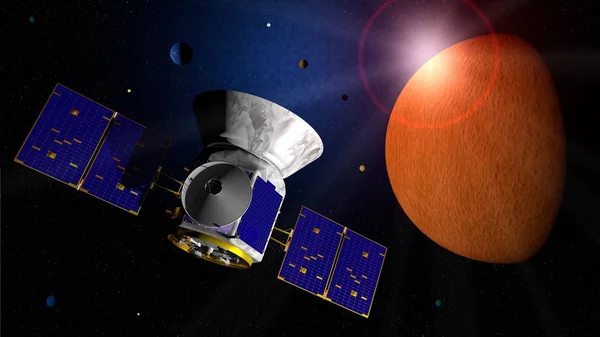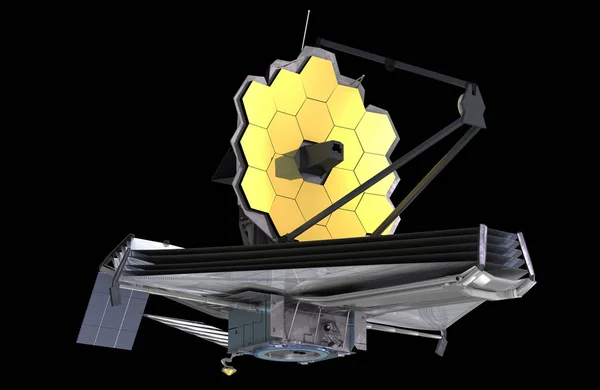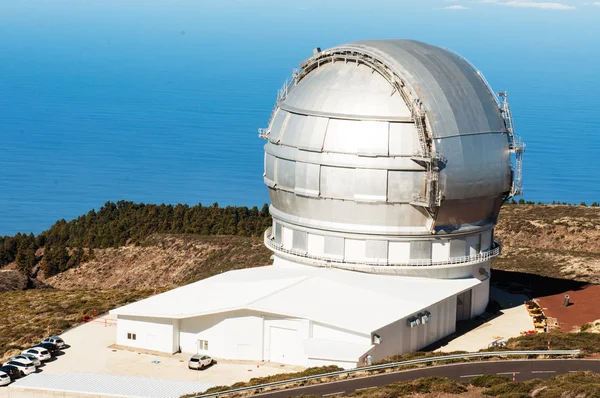The Search for Exoplanets: Unveiling New Worlds Beyond Our Solar System
I. Introduction
Exoplanets, or extrasolar planets, are
planets that orbit stars outside our solar system. The quest to find these
distant worlds is one of the most exciting fields in modern astronomy. With the
possibility of discovering life beyond Earth and understanding planetary
systems, the search for exoplanets holds immense importance. Technological
advancements have significantly enhanced our ability to detect these elusive
planets, leading to groundbreaking discoveries that expand our understanding of
the universe.
II. Methods of Discovering Exoplanets
Transit Method

The transit method is one of the most
successful techniques for finding exoplanets. It involves monitoring the
brightness of a star over time. When a planet passes, or transits, in front of
its host star, it causes a slight dip in the star’s brightness. By measuring
these dips, astronomers can infer the presence of a planet, its size, and its
orbit. This method has led to the discovery of thousands of exoplanets,
particularly by the Kepler Space Telescope, which was specifically designed to
find Earth-sized planets in the habitable zones of their stars.
Radial Velocity Method

The radial velocity method, also known as
the Doppler method, detects exoplanets by observing the wobble in a star’s
motion caused by the gravitational pull of an orbiting planet. As the planet
orbits, it causes the star to move in a small orbit as well. This movement
affects the star’s light spectrum, causing shifts that can be detected by
sensitive instruments. This method has been instrumental in discovering many
exoplanets, including the first known exoplanet around a Sun-like star, 51
Pegasi b.
Direct Imaging
Direct imaging involves capturing actual
pictures of exoplanets by blocking out the star’s light. This is a challenging
task due to the brightness of stars compared to their planets. However,
advancements in technology, such as adaptive optics and coronagraphs, have made
it possible to directly image a few exoplanets. These images provide valuable
information about the planet’s atmosphere, composition, and sometimes even
weather patterns.
Gravitational Microlensing
Gravitational microlensing takes advantage
of the gravitational field of a star to act as a lens, magnifying the light of
a more distant background star. If a planet orbits the foreground star, it can
create a noticeable blip in the light curve of the background star. This method
is particularly useful for finding planets that are farther from their stars
and can detect Earth-sized and smaller planets.
III. Key Instruments and Missions
Kepler Space Telescope
Launched in 2009, the Kepler Space
Telescope revolutionized the search for exoplanets. It continuously monitored
the brightness of over 150,000 stars, leading to the discovery of more than
2,600 confirmed exoplanets. Kepler’s data revealed the diversity of planetary
systems and highlighted the prevalence of small, potentially habitable planets.
TESS (Transiting Exoplanet Survey Satellite)
TESS, launched in 2018, aims to survey the
entire sky to find exoplanets around the brightest stars. By focusing on stars
closer to Earth, TESS has discovered numerous exoplanets that are ideal
candidates for further study by more powerful telescopes. Its mission has
significantly expanded our catalog of exoplanets and has identified several
promising targets for the search for life.
James Webb Space Telescope
Scheduled for launch in late 2021, the
James Webb Space Telescope (JWST) is expected to transform our understanding of
exoplanets. With its advanced instruments and large mirror, JWST will be able
to analyze the atmospheres of exoplanets in unprecedented detail, searching for
signs of habitability and possibly even life.
Ground-Based Observatories
Ground-based observatories, such as the Grantecan telescope in La Palma's Very Large Telescope (VLT) and the Gemini
Observatory, play a crucial role in exoplanet research. They complement
space-based missions by providing follow-up observations and studying exoplanet
atmospheres through techniques like spectroscopy.
IV. Criteria for Habitability
Habitable Zone
The habitable zone, often referred to as
the “Goldilocks zone,” is the region around a star where conditions might be
right for liquid water to exist on a planet’s surface. This zone varies
depending on the star’s size and temperature. Planets within this zone are
prime targets in the search for life.
Atmospheric Composition
A planet’s atmosphere plays a critical role
in its habitability. The presence of greenhouse gases, such as carbon dioxide
and methane, can indicate the potential for a stable climate. Additionally, the
detection of oxygen or ozone could suggest biological processes.
Water Presence
Water is essential for life as we know it.
The presence of liquid water, either on the surface or beneath it, greatly
increases a planet’s habitability potential. Techniques like spectroscopy help
astronomers identify water vapor in the atmospheres of exoplanets.
Potentially Habitable Exoplanets
Several exoplanets discovered so far are
considered potentially habitable. Proxima Centauri b, located in the habitable
zone of our closest stellar neighbor, Proxima Centauri, and TRAPPIST-1e, one of
seven Earth-sized planets orbiting the star TRAPPIST-1, are among the most
promising candidates for hosting life.
V. The Importance of Exoplanet Research
Understanding Planetary Formation and Evolution
Studying exoplanets helps scientists
understand how planets form and evolve. By comparing different planetary
systems, researchers can test theories of planet formation and gain insights
into the processes that shaped our own solar system.
Search for Extraterrestrial Life
The ultimate goal of exoplanet research is
to find evidence of life beyond Earth. Discovering biosignatures, such as
specific gases in an exoplanet’s atmosphere, would be a groundbreaking
achievement, potentially answering one of humanity’s oldest questions: Are we
alone in the universe?
Future Prospects and Missions
The future of exoplanet research looks
promising with upcoming missions like the European Space Agency’s PLATO
(Planetary Transits and Oscillations of stars) and NASA’s WFIRST (Wide Field
Infrared Survey Telescope). These missions aim to find and study exoplanets in
greater detail, advancing our understanding of planetary systems and the
potential for life elsewhere.
VI. Conclusion
The search for exoplanets has transformed
our understanding of the universe. From discovering new worlds using innovative
methods to exploring the potential for habitability, exoplanet research
continues to push the boundaries of human knowledge. As technology advances and
new missions launch, we are poised to uncover even more about these distant
planets and their potential to host life, keeping our curiosity and quest for
discovery alive.
Note:
Most of the images taken from NASA, Google Images, and Stock Photo libraries.























